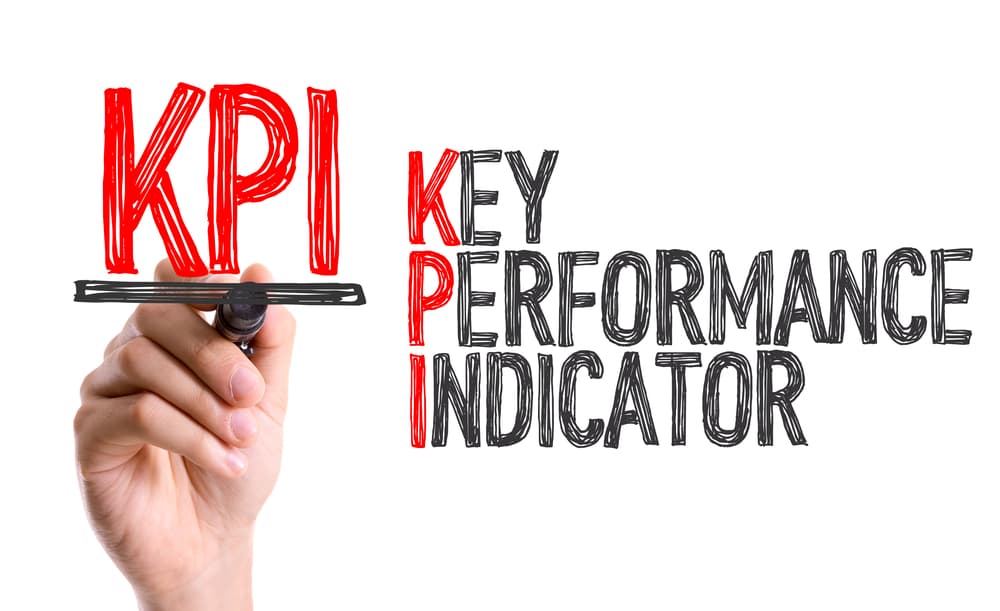Business leaders and managers aspiring to greatness have no shortage of avenues to learn and grow from books to blogs to TED Talks to podcasts.
Honestly, there is so much content to consume that half the battle is cutting through the clutter to decide where to focus your time.
Dare to Lead Podcast Leadership Experts Tackle Key Topics
A great place to start is with a Texas treasure, Brené Brown’s “Dare to Lead” podcast and her two-part “What’s Happening at Work” which aired in October and featured leadership gurus Adam Grant and Simon Sinek.
“We talk about what we are seeing in organizations across the world – and there are definitely some trends that emerge,” writes Brown about part 1. “We talk about disconnects between what we know from data and what we’re seeing practiced. We also talk about what high performers actually look like and the most meaningful way to succeed.”
Part 2 of the informative podcast touches on three big topics in the workplace right now:
- Quiet quitting – what it is, what it isn’t, and what the three leadership experts think about it
- Engagement – how you define it and how you foster it
- Boundaries – Not just setting the, but also respecting them
“We all come at things from different perspectives and different experiences, but I really consider both of these guys friends and mentors, and I respect and admire their work,” writes Brown.
A TED Talk Trio Breaks Down Today’s Workplace Issues
If you have cut your learning teeth on TED Talk videos, then you will be familiar with the three voices on the “Dare to Lead” podcast episode on “What’s Happening at Work”.
Host Brown is a professor, lecturer, and author from San Antonio, known for her research on shame, vulnerability, and leadership. Her TED Talk on “The Power of Vulnerability” has racked up more than 50 million views and is a staple on lists of “Top 10 TED Talks that’ll change your life.”
Her guests on the podcast episode are true leadership rockstars:
- Grant has been recognized as one of the world’s 10 most influential management thinkers and has been Wharton’s top-rated professor for 7 straight years. The organizational psychologist and bestselling author has TED Talks on languishing, original thinkers, and givers and takers, that have been viewed more than 30 million times.
- Sinek is a trained ethnographer who may be best known for his TED Talk on the concept of WHY which has been viewed over 60 million times, and his video on millennials in the workplace, which reached 80 million views in its first week and went on to be seen hundreds of millions of times.
When it’s pretty evident that when this trio talks, business leaders listen. We recommend you push play on this podcast the next time you are on the treadmill or stuck in traffic, but until then, here are three themes across the nearly two hours of insight.
Theme 1: What We See in Organizations Today
The first theme from the podcast is basically what the host and two guests see in organizations today.
Call it “taking the pulse of business” as of October 2022 and each of the leadership pros has a different take including:
- “I’m seeing a lot of leaders who are resisting remote and hybrid work. And I’m seeing a lot of people who are burned out or languishing or both,” says Grant.
- “I’m meeting a lot of leaders who want answers as to how to find calm in the chaos, and unfortunately, I think we just have to be in the chaos for a little bit. “The Great Resignation” is a real thing and no one knows 100 percent where it’s coming from,” said Sinek. “It’s more about managing chaos right now.”
- “I call this return “The Great Awkward” … people are awkward right now. Leaders feel awkward. Everyone feels awkward,” says Brown. “I don’t think people are okay. I think to expect people to be okay right now is really unrealistic. I think people are still struggling to regulate themselves emotionally. I think people are still in a lot of grief. I think people are still trying to find their feet.”
The podcast addresses the uncertainty in the world currently with everyone talking behind closed doors about their feelings, but that leaders need to step up and be honest with their teams about their own thoughts.
“Good leaders recognize that their people aren’t okay,” says one of the guests. “The less attuned leaders are trying to just force everything back to the way it was … come back to work and pick up where we left off.”
It is pointed out that while some people not doing well (emotionally and/or physically) may be fearful of speaking out in the workplace, others that are thriving since the pandemic started, are also equally as fearful of voicing their feelings for fear of “toxic positivity”.
Both sides of this spectrum are not being clearly heard at work. And management, for its role, is underestimating how well their employees are doing.
A Deloitte survey of 2,100 employees and C-level executives found a real disconnect between workers and management when it came to rating employee health and well-being. Percentage who selected “excellent” or “good” for the following:
- Physical well-being: Employees self-reported 65 percent felt this way while 89 percent of C-suite thought their employees felt this well.
- Mental well-being: Employees said 59 percent vs. C-suite assessment of employees of 84 percent.
- Social well-being: Employees said 51 percent vs. C-suite assessment of employees of 84 percent.
- Financial well-being: Employees said less than 50 percent felt positive, at 40 percent, while the C-suite assessment was more than two times higher, estimating that 81 percent of their employees were positive on this issue.
Theme 2: Finding that Personal Work-Life Balance
Perhaps the greatest balancing act in business today is to find a work-life balance that satisfies you personally and satisfies the company you work for.
Some of the observations from the trio on this issue included:
- Quiet Quitting and other labor issues just don’t happen in “bad companies with bad leaders” but it’s also happening across “good companies with good leaders.”
- As a response, companies are ramping up employment engagement strategies, which need to take an individual approach to solve these issues rather than a company-wide tactic.
- Ironically, when senior leadership takes action to achieve personal work-life balance such as not working as many hours, ending their days early, and taking a step back, they are praised. If a junior-level employee does the exact same thing they are accused of Quiet Quitting.
- Covid has fundamentally shifted views on the workplace, especially by younger generations, many of whom are wanting to find balance early in their careers to avoid the burnout they see in many longtime employees.
Theme 3: Employee Engagement in the Age of Quiet Quitting
Employment engagement faces a lot of heavy lifting as businesses learn to operate in the age of Quiet Quitting. Some of the themes from the podcast included:
- Some employees are quitting because of “burnout” when looking at their workloads.
- In the days prior to the pandemic, people would go to work, go out with co-workers, and vent about work-life issues which would help relieve pressures. Now many of those valuable pressure valves are missing as some do not go into the office as much or not at all, and so they are not spending “after-hours” time with coworkers as they did before. Now, much of the venting takes place during the workday putting the burden on fellow co-workers.
- People are trying to set boundaries, but many people are not good at respecting the boundaries of others. Boundaries are not just about setting them, but respecting them, too.
- Some could argue that actual quitting is a healthier option vs. quiet quitting as quitting says a person is not going to risk their emotional and mental well-being for the company vs. the unhealthy option of remaining at work but checking out and doing the bare minimum, which does not address the situation the employee is placed in.
- Most leaders do not know how to manage efficiency and productivity other than looking at timesheets and hours logged.





